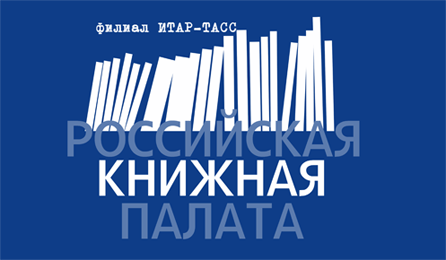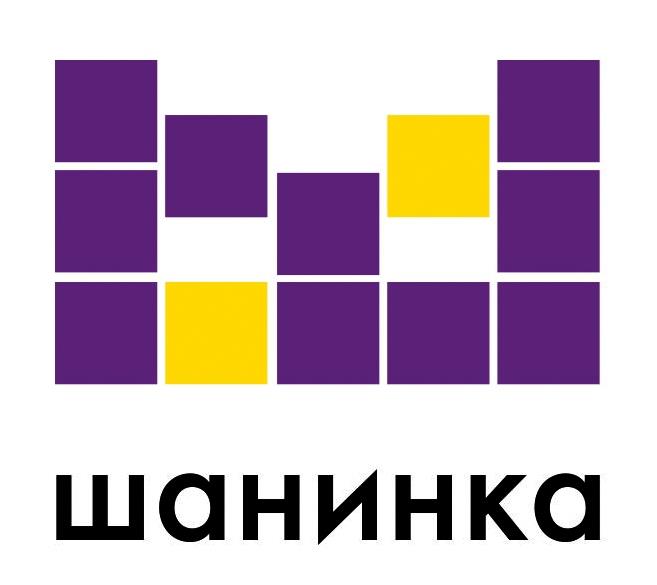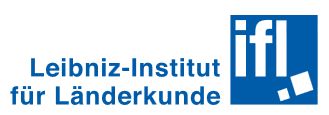Prusikhin O. E., Zhukovsky E. D., Krutov O. D., Alekseev A. I. Life of Ivan and Hans in the 21st century: Volchikhinsky district of the Altai Region // The Russian Peasant Studies. 2022. V.7. №3. P. 190-209.
DOI: 10.22394/2500-1809-2022-7-3-190-209
Annotation
The article describes the lifestyle of rural residents in the steppe part of Southern Siberia on the example of the Volchikhinsky district of the Altai Region. The approach applied is inspired by the book by O. P. Semenova-Tyan-Shanskaya The Life of Ivan which presents a ‘portrait’ of the typical, ‘collective’ villager. The authors identify a number of characters reflecting the typical social groups of the village. Local population was formed mainly by the peasant migrations of the Stolypin era (Russians) and by the deportation of the Volga Germans during the Great Patriotic War; the number of Germans was also influenced by the wave of resettlement to Germany, which had begun after the collapse of the Soviet Union. The destruction of closed communities and their resettlement in the Russian settlements of Altai led to the rapprochement of these groups and to the blurring of the ethnic-cultural boundaries between them. The authors identify differences in the lifestyle of the district center and its villages. The main employers in Volchikha are the brewery and public sector; most residents do not keep livestock; thus, they have free time. For residents of other villages, personal subsidiary farming mainly based on a cow is the main source of livelihood, which almost deprives them of free time. However, the ways for spending free time are similar for all residents of the district. The weekly market in Volchikha serves as a place for both trade and social interactions for the entire district. The authors conclude that the contemporary differences in the lifestyle are determined by the level of urbanization and the age of the settlement rather than by ethnic differences.
Keywords
Rural area, lifestyle, Altai Region, Southern Siberia, peasant activities, Russian Germans.
About the authors
Prusikhin Oleg E., Bachelor’s Student, Department of Economic and Social Geography of Russia, Faculty of Geography, Lomonosov Moscow State University; Leninsky Gory, 1, Moscow, 119991, Russia.
E-mail: This email address is being protected from spambots. You need JavaScript enabled to view it.
Zhukovsky Evgeny D., Bachelor’s Student, Department of Economic and Social Geography of Russia, Faculty of Geography, Lomonosov Moscow State University; Leninsky Gory, 1, Moscow, 119991, Russia.
E-mail: This email address is being protected from spambots. You need JavaScript enabled to view it.
Krutov Oleg D., Bachelor’s Student, Department of Economic and Social Geography of Russia, Faculty of Geography, Lomonosov Moscow State University; Leninsky Gory, 1, Moscow, 119991, Russia.
E-mail: This email address is being protected from spambots. You need JavaScript enabled to view it.
Alekseev Alexander I., DSc (Geography), Professor, Department of Economic and Social Geography of Russia, Faculty of Geography, Lomonosov Moscow State University; Leninsky Gory, 1, Moscow, 119991, Russia.
E-mail: This email address is being protected from spambots. You need JavaScript enabled to view it.






















